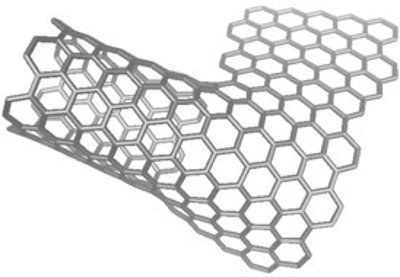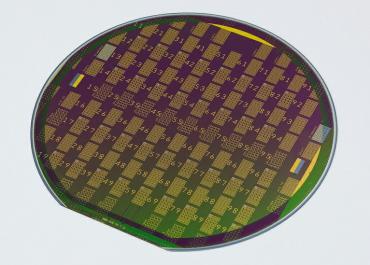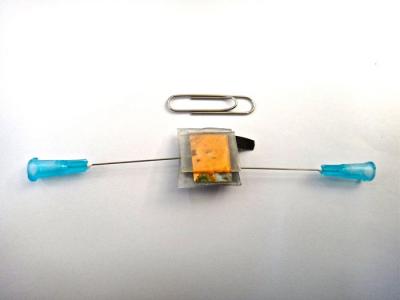Rebar graphene, a new CNT-Graphene hybrid, is better than CVD graphene, easier to manufacture
Researchers from Rice University developed a method to create a hybrid graphene-nanotube material that promises to have a better electrical and mechanical qualities than both materials. They call this new material "rebar graphene" because it resembles the way a rebar is used in concrete.

The researchers say that the resulting material contains large, flexible and conductive transparent sheets of graphene that are much easier to manipulate than pure graphene. A few layers of this new material could prove to be a cost-effective ITO alternative for displays and solar cells.






